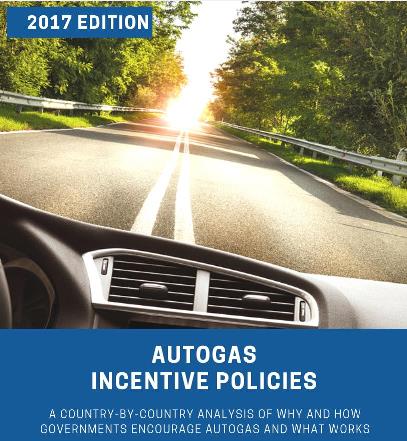The European LPG Association and the World LPG Association launch today the 2017 edition of a report on “Autogas Incentive Policies”.
Worldwide sales of Autogas – the most common alternative to conventional fuels for passenger vehicles – have been growing quickly in some countries, thanks to government policies to encourage its use on account of its inherent environmental, practical and cost advantages over traditional fuels. But in some countries, Autogas market development has been held back by ineffective or poorly-designed policies, such as perverse tax rates and regulations that fail to account fully for the social and environmental benefits of switching to Autogas.
This report – the most detailed study of Autogas markets and policies ever prepared – seeks to explain why governments encourage switching to Autogas and how they go about doing so based on an in-depth survey of 23 of the world’s largest Autogas markets. It assesses what types of policies are most effective and why.
The key findings from this analysis are:
• Autogas markets grow only when the pump price in per-litre terms is well below that of both gasoline and diesel.
• Ensuring a favourable price for Autogas calls for a much lower rate of tax relative to conventional automotive fuels.
• Policy stability and a strong, long-term commitment by the government to achieving environmental-policy objectives are also of crucial importance to efforts to promote the development of the market for Autogas and other alternative fuels.
Trevor Morgan from Menecon Consulting, who prepared the report, added “policies to phase-out highly polluting diesel cars are going to be very important to prospects for Autogas”.
There are now 26.8 million Autogas vehicles in use around the world, with the biggest markets being Korea, Turkey, Russia, Poland and Italy.
More info and full report: here.
